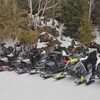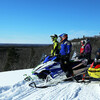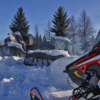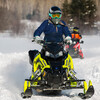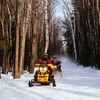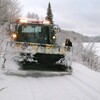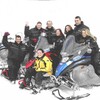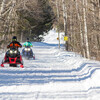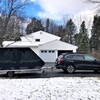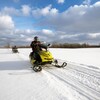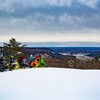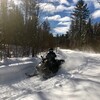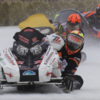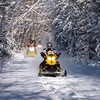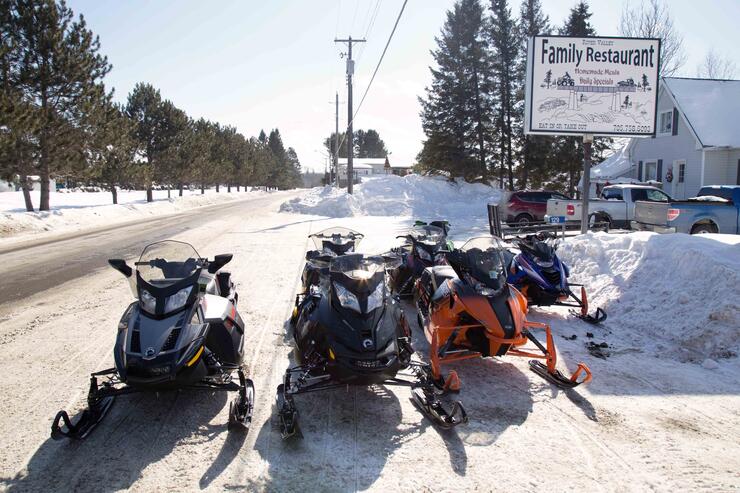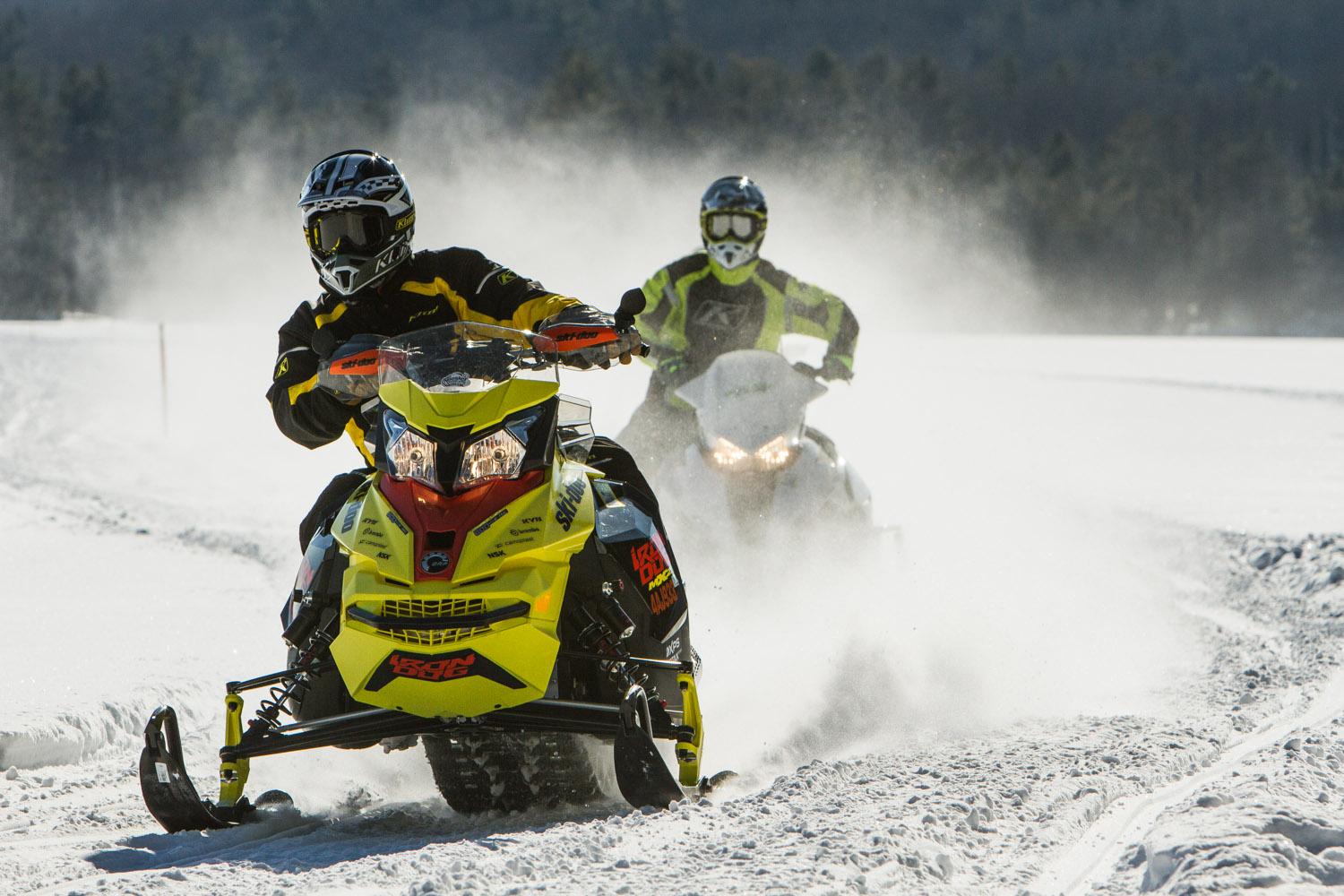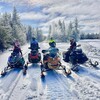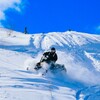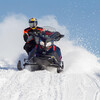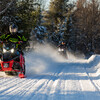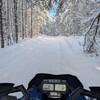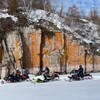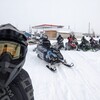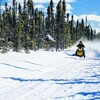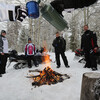
So You Want to Sled the North
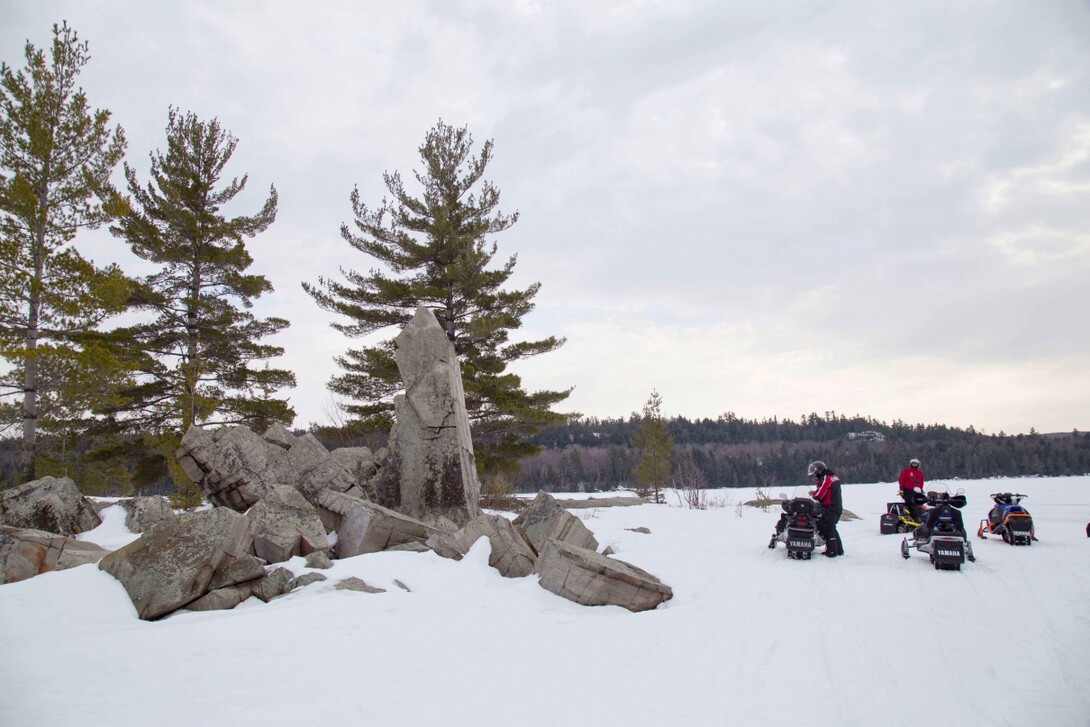
Editor's Note: Last week Luc, the Groomer Guy, went over what you need to know for planning a snowmobile vacation in Northern Ontario. This week, he offers some valuable advice and handy tips for when you’re actually out there. Spending days out on those northern trails takes a bit more work than if you’re just going tooting around in your backyard or buzzing around local trails, but the payoff is more than worth it. If you’re happy doing that, then you’ve already reached your potential. Enjoy! But if you’re the kind of sledder who wants more and is willing to work for it, if you want adventure that will leave you with memories to last a lifetime, then a trip to Northern Ontario is in order. Read on...
At Your Destination
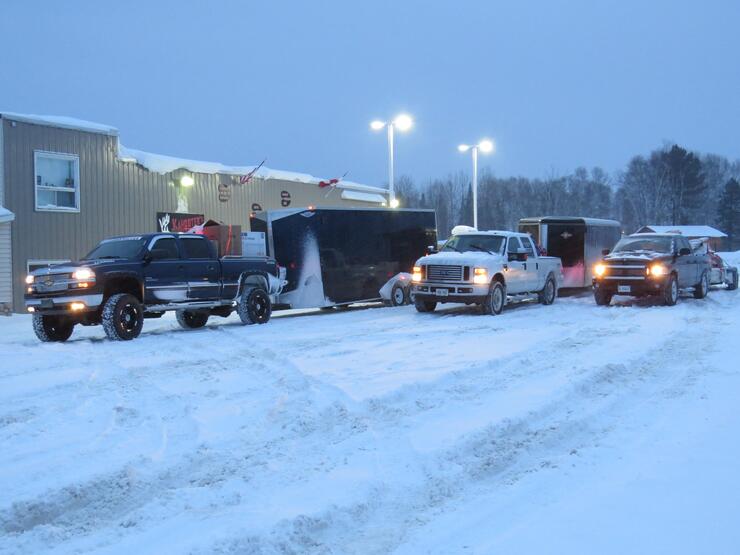
So you’ve made it to one of the many snowmobile-friendly destinations in Ontario, and you’re out on the trails for a few days or a week. Your truck will be sitting there in the cold for a long time. Make sure you have jumper cables in case you come back, and your truck battery is dead (having a good battery in the first place will save you from having this problem). If your battery dies, you can get a boost from a local resident. In the north, we all know what an open hood means, and chances are you won’t wait long until somebody stops to help.
TIP: Before you take off for the trails, I suggest leaving your keys with the motel staff. If ever there’s an emergency, you can call and have somebody drive your truck and trailer to where you are and pick you up. It might sound crazy, but it's not in Northern Ontario—people are friendly and will go out of their way to help you out. You might have to dish out some cash to compensate the person coming to get you, but it sure beats taking the Greyhound bus to your truck then driving all the way back to pick up the sleds.
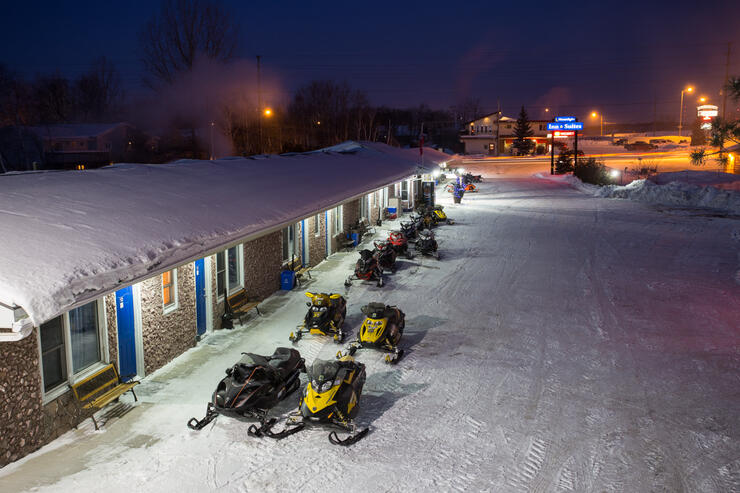
When I worked at a motel, this actually happened a few times, and the customers were glad they had done it. Sometimes, if I knew their trucks would be freezing out in the parking lot for days, I would start them up once in a while and sweep the snow off so that when they returned, they be ready to go. It’s a welcome sight when you get back exhausted from a long trip and want to head back home.
Gas Stations
This can be a problem in the North. With new sticker regulations from TSSA, some gas stations were forced to close, so that gas station you used to rely on five years ago might not be there. Some gas stations might be there on maps or information websites, but they are seasonal and are not open in the winter. That's something you have to make sure about. Again, talk with locals; call a club in the area.
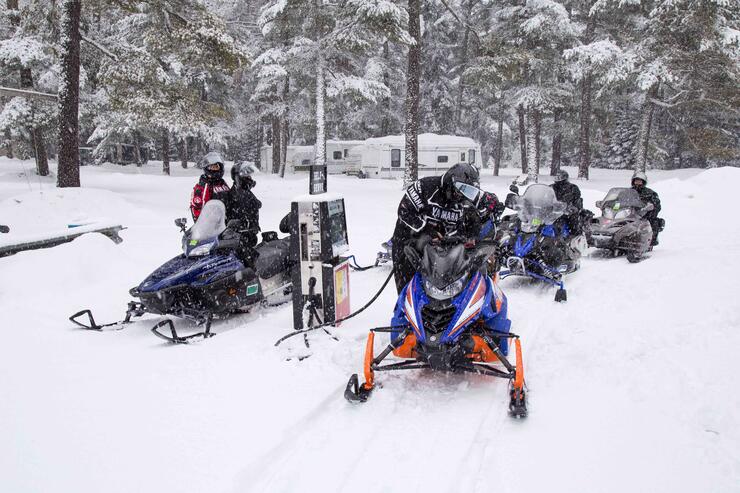
TIP: Gas up when you see a gas station, don’t be cheap and stretch it to the next bigger town to save a few cents a litre. Do that, and you might end up sucking on a siphon hose trying to get some gas from your buddy’s sled or worse, you run out of gas, and those boots will be made for walking your butt back to the next town. You see a gas station, stop and pump it… that’s it.
Find Snowmobile-Friendly Restaurants in Ontario
Many open and close depending on the time of year. Again, check with locals: many restaurants are seasonal and are closed in the winter. A smart thing to do is to ask the gas station attendant where the best place to eat is that is snowmobiler-friendly. They’ll point you in the right direction.
Click here for a list of snowmobile-friendly restaurants on Ontario's Snow Trails
Snowmobile Repair Shops in Northern Ontario
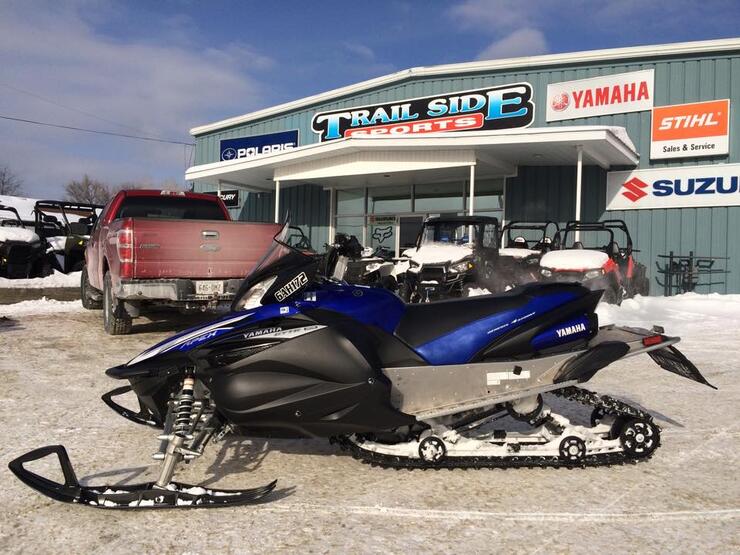
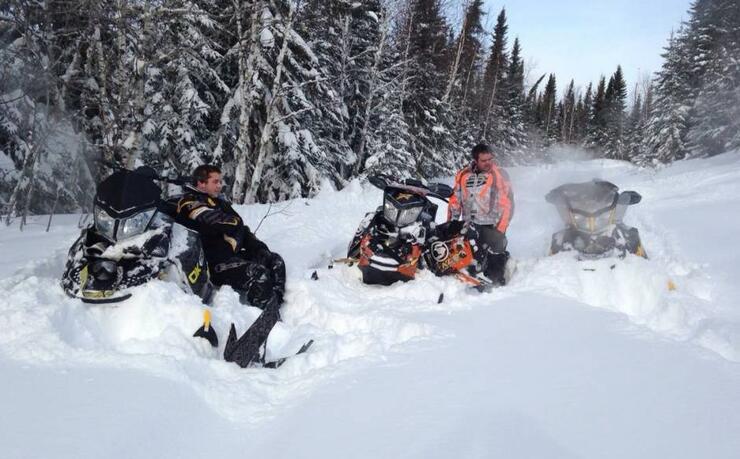
As much as you think you drive the best snowmobile brand out there, one of these days you will get a problem and will need some repairs, especially when riding in large groups. I’ve heard of some groups that don’t allow sleds that are older than so many years, so as to reduce time lost for breakdowns. I've seen old sleds do way better than brand new sleds. Some groups will ask riders to get their machine inspected before a big trip. They mandate every sled to go over a big inspection, and it makes sense; everyone should do it. I've seen some people start riding and 20 km in, the suspension breaks. The boogie wheel rips out, and then they notice the hyfax/sliders are worn out... That totally could have been prevented.
Have spare parts on hand. While there are a lot of snowmobile repair shops across Ontario, not every brand of dealership is available in the north. You would be surprised to know how many people still do not ride with a spare drive belt or spark plugs.
Click here for the complete list of Ontario Snowmobile Rentals Dealers and Repair Shops
Be Prepared—Bring Spare Parts
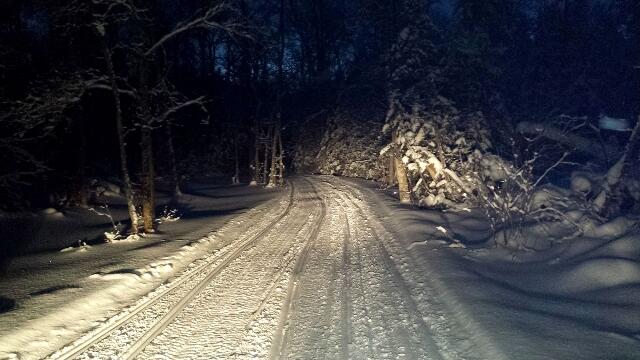
Yeah, you need those spare fuses. I went out without them once and learned the hard way, on a 3 am groomer rescue recovery. Alone on the trail on a cloudy night, and I had left my flashlight on the kitchen table on my way out… D’oh! While driving, my sled's lighting system blew fuses, and I was on the trail in pitch black, so dark I couldn’t see my hand in front of me. I had to drive out to where the groomer was stuck and then back again, all with a crappy flashlight with weak batteries, only turning it on when I couldn’t feel where the trail was—but that’s another story that I’ll write about another day.
You will need zip ties and duct tape. You probably already know it, but duct tape is really good to fix anything. If you have a crack in your helmet and there's cold air coming in, you can use the duct tape to cover your skin so you don't get frostbite on your face. I've done it in -40 ºC temperatures.
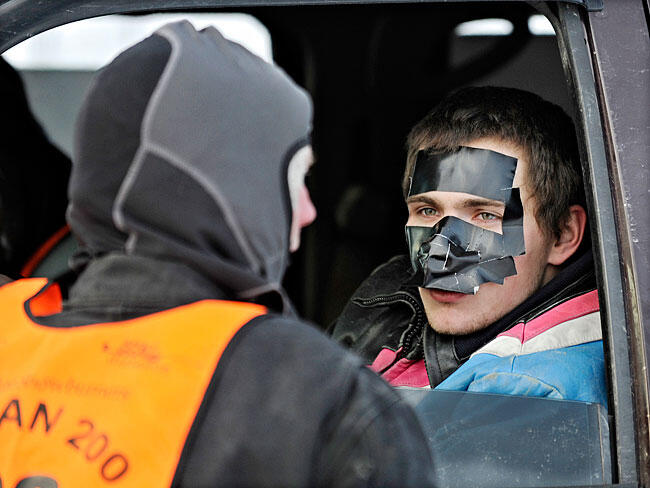
I know, you shouldn’t ride in those temperatures but when you’re in a club and you need to go help out the other groomer operator, or do a groomer driver switch after a long 12+ hours (In the ’90s we had 20-hour+ runs), you have no choice, so you use these tricks that you learn over the years. Now as I get older I’m a wuss; I don’t like the cold, so I let the young ones go. Even racers do it—the ones who do the Iron Dog Race or the cross-country racers—you just put a piece of tape across your cheek and around your nose when it's -40.
Don’t forget spare windshield clips. You never know when you can hit the rhubarb…the ditch, miss that curve that creeped up on you and go for a face plant over the bars, ripping the windshield right off. You’ll need clips to put that back on. I learned that the hard way, too. It was cold and I had to duct tape and bungee cord the windshield down!
Maps To Go
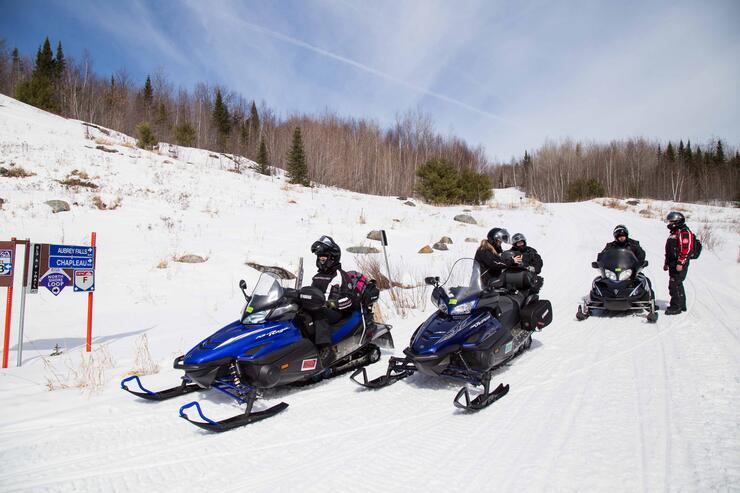
For the tech-savvy people, you can download the trails to your GPS device. Snowmobile 3 from TrakMaps offers snowmobilers over 32,000 km of province-wide OFSC trails for Garmin and Lowrance devices. There are over 20,000 POIs (Point of Interest) including motel/hotels, OFSC clubhouses, restaurants, gas stations, ATM’s and more.
If you’re more of a mobile device user, the iSnowMobile app is a cool way to get instant access to the world’s largest snowmobile trail network on your Apple or Android phone. I have this app and I use it often, it’s very helpful when I’m giving directions to riders. I’ll open the app using my iPad and I can zoom in on the trails for a better look. I’m hoping they’ll do an update on the app because as it is you can’t use it when you don’t have Wi-Fi or cell reception… it’s a big downside to the app but still worth the purchase.
Ask Someone Who Knows: Ask a Local
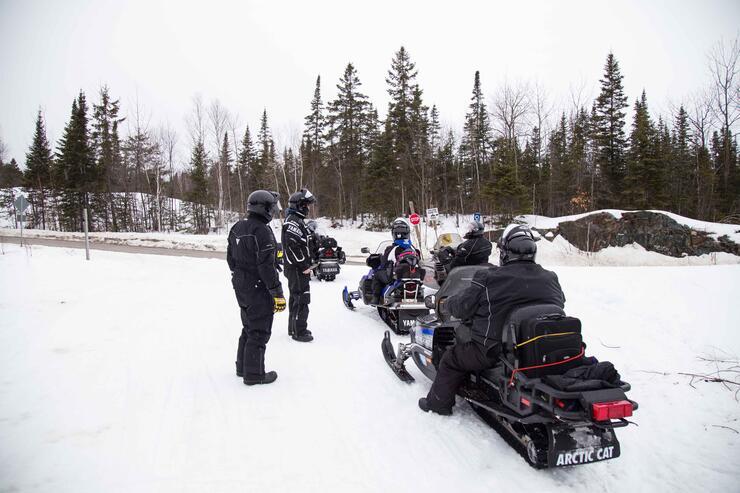
Here’s a fun curve ball: those trails that you’ve carefully selected for the perfect route can change or be relocated so the distances may end up being longer than what is posted. This is often due to last-minute logging and mining. There's such great communication between these industries and the snowmobile clubs…not! Most of the time we only learn about it once the dozers have ripped up our trail, and the clubs have to scramble to find a quick reroute.
Because the routes can be changed like this, make sure to look up the distances, ask the locals by contacting the area clubs. A fast way to do this is to find them on Facebook—many clubs now have a club page. If you are a club member reading this and your club doesn't have a Facebook page, I recommend starting one, it's a must-have these days. It's a great way to communicate with members, and easier to answer people’s questions via the message system than having to answer and return phone calls.
Snowmobile Trail Signs in Ontario
If this is your first time in Ontario, you should familiarize yourself with our trail signage. I’ll just mention a few of the basic ones we use.

As most know, STOP signs mean....stop! Just like on the roads, look both ways before continuing.
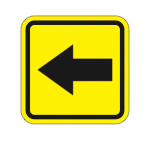
We did away with all the 90 degrees and other curve signs. All we have now is a black arrow on yellow pointing in the direction of the curve. This sign is placed in the deepest part of the curve.
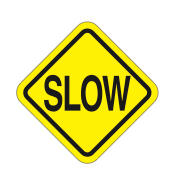
In curves that can’t be turned at a speed of 50 km or less, a slow sign is placed before the curve, and then if the curve is very sharp, that’s when we put the arrow sign. Many were not happy when the OFSC made the change to the current sign guidelines, but I’ve liked it since day one. Using fewer signs is simpler and cost-saving.
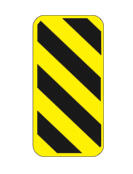
Slow when there is a potential danger, or there’s a curve that you can’t do at 50 km. Usually, it’s found where the trail gets tight, or at a sharp turn or blind hill where you wouldn’t have time to see an obstacle. Anywhere that you need to use extra caution, you’ll see this and you slow down.
Finding the Trail in a Snowstorm
If you ride plenty, you’re bound to get caught in a big storm. They can creep on you unexpectedly and next thing you know, you’re stuck in the thick of it with no choice but to go on to get to your next destination. It can snow very hard, coming down at an incredible rate, and quickly get confusing. It’s what we snowmobilers dream about. We love these storms, but not as much when we’re riding.
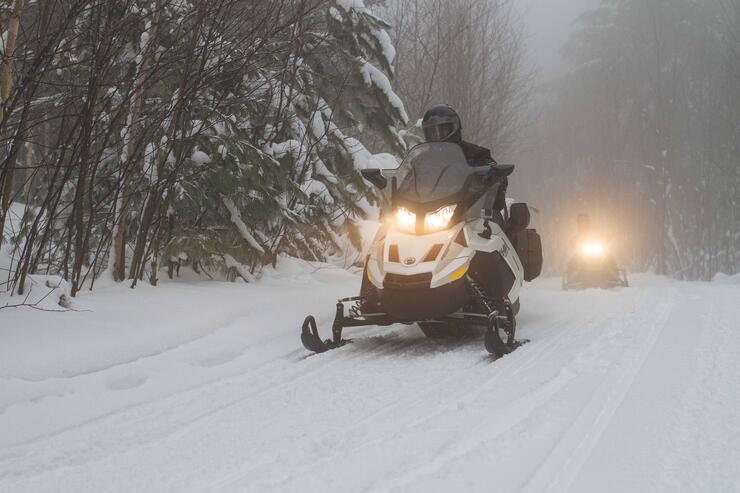
A nice, perfectly groomed trail can totally disappear in no time. Now, a trick to do if you find that you can’t see the trail anymore is to walk around and feel for the trail base. Where it drops is where the trail is. If you’re not sure where the trail is going, search for the trail under the snow. If you sink to your waist in deep powder, you’re no longer on the trail. But if you have no trouble walking and it feels solid under your feet, with the powder only going up to your knees, then you know you’re on the trail.
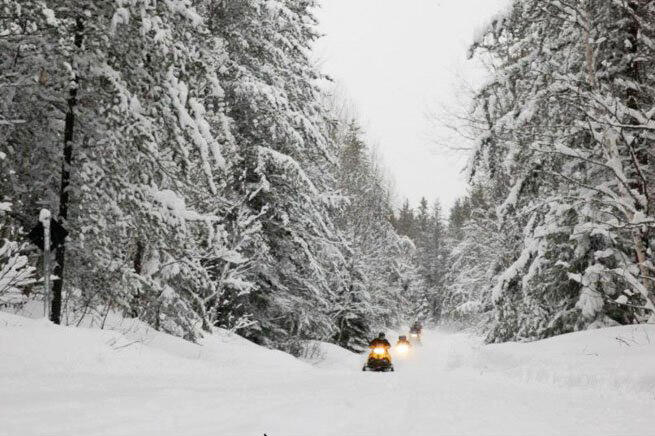
It’s happened to me a few times. Once, when we were riding in from White River, it started snowing heavily. We went to our destination to gas up and grab a quick bite before taking off back to Dubreuilville. As we were driving back the snow was piling up like crazy, so bad that it was rolling in front of our sleds creeping up on our cabs. Everything was white and there was no trail to been seen. Many times we had to stop to clean off the snow from the cabs, free up the vents, and try to determine where we were.
We had a hell of a time trying to get back. At one point we rode the sleds into a deep snow-filled ditch, so bad that you couldn’t see the sleds! Once we dug them we found our way to Hwy 519, the paved road that takes you into Dubreuilville. It turned out we were about nine miles from town. Fortunately, we opted to take the road back. The highway was closed due to the heavy amount of snow and the plows couldn’t keep up. That was fun, blasting our way back home on the on the closed road. When we got to Dubreuilville, the barricades were up blocking the road to traffic; we zipped by and continued on our way home.
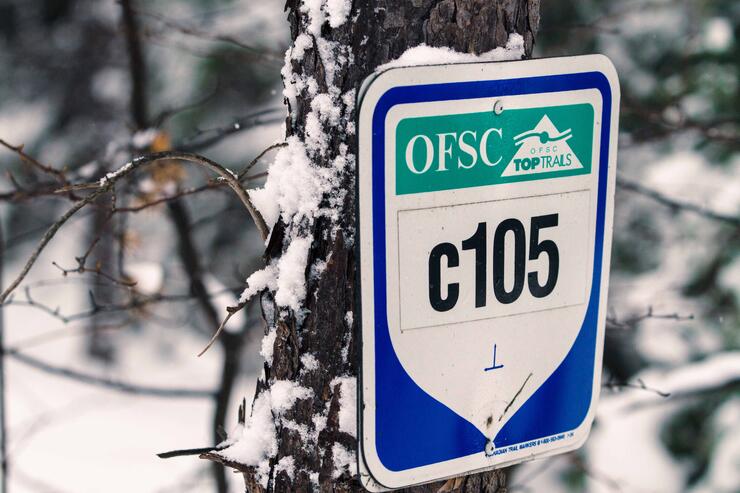
It might sound stupid, but it can happen to anyone who doesn’t know better. I’ve had to go out looking for lost snowmobilers who took wrong turns thinking they were following the trail. When I found them and asked why they didn’t just stop and feel around for the trail base under all that snow, they just didn’t know. So now you know. If you’re unsure, get off your sled and feel around. Just taking as few minutes to assess the situation can make a big difference. Taking the time to read signs at the intersections is also a good idea. Too many just fly by and don’t take proper time to read them.
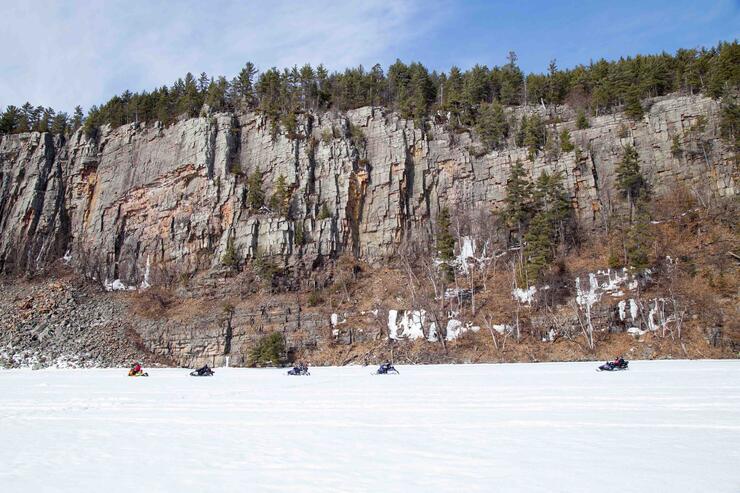
Now I hope I haven’t scared you from coming to ride Northern Ontario. Don’t worry, it’s not what you think—I’m just preparing you for a different kind of riding, the ride of a lifetime! A snowmobile vacation in Northern Ontario takes more effort than just riding around in your backyard, but the payoff is an adventure you won’t find anywhere else but here.
Come up riding in Northern Ontario, you will be back for more....
Keep on Grooming!
Luc, the Groomer Guy
Click here for "So You Want to Sled the North—Part 1: Planning Your Trip"
Recommended Articles

The Complete List of Snowmobile Events in Ontario 2025-2026
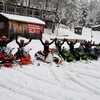
The Best Snowmobile-Friendly Lodges
Snowmobiling Winter Weather Forecast 2025-2026
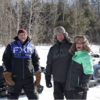
I Rode the Explorers Snow Tour in Ontario and Here’s What It Was Like
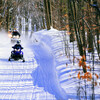
Why Ontario is One of the Best Snowmobile Destinations in the World
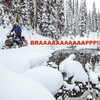
11 TikToks That Prove Ontario is the Best Place To Go Snowmobiling
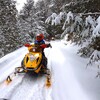
5 Weekend Snowmobile Getaways Near the GTA
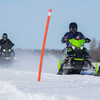
31 Ways To Get In The Know About Snowmobile Trail Riding in Ontario
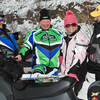
A Beginner's Guide to Snowmobile Lingo
